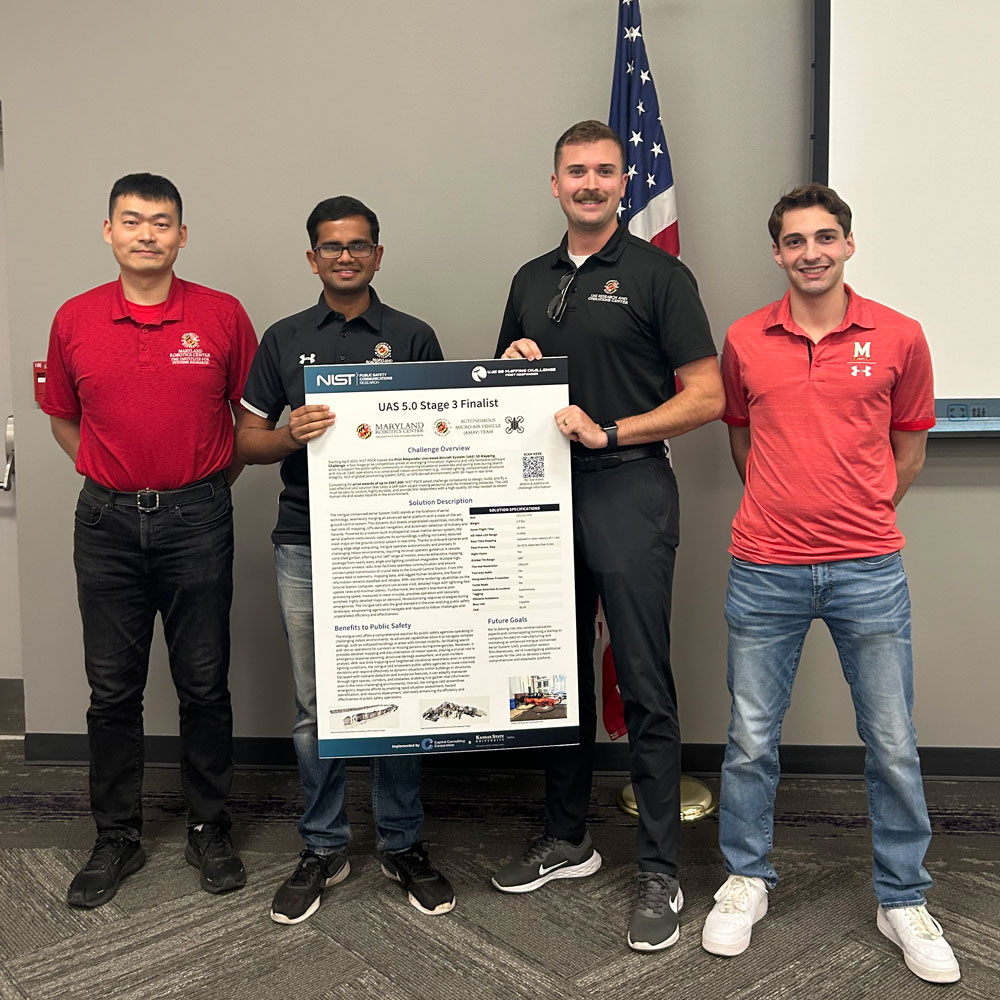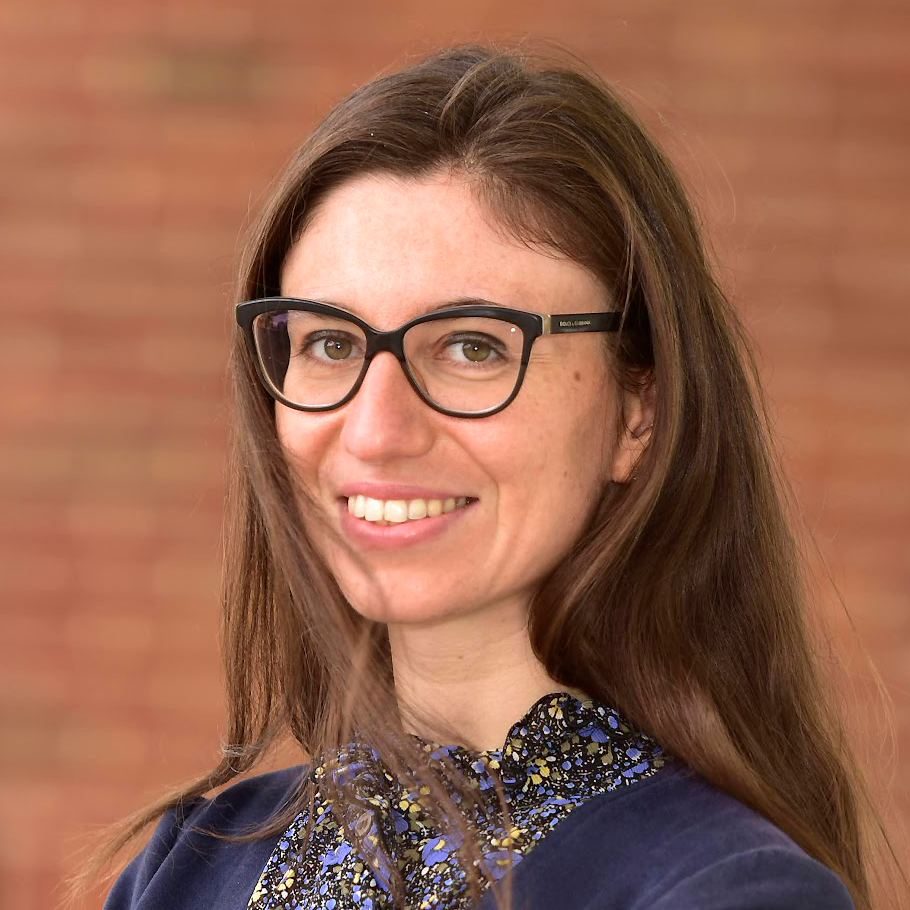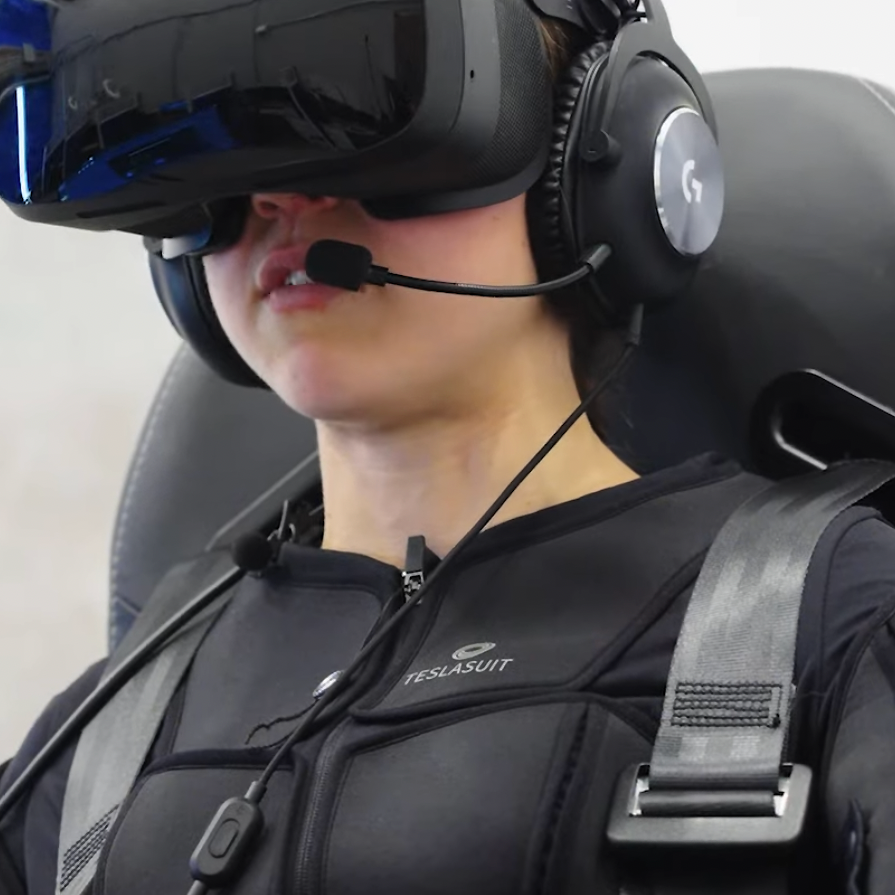News Story
Physics for Breakfast: Clark School Research in The New York Times
"'Inverted Cheerios Effect' Returns Physics to the Breakfast Table" ran in The New York Times on July 13, 2016.
The study profiled in the article, co-authored by Mechanical Engineering Assistant Professor Siddhartha Das and an international team of scientists, sheds new light on the interaction between two liquid drops on soft, squishy materials.
It begins:
"Is it polite to discuss the fundamental forces of the universe at the breakfast table? The Cheerios effect — which described why those little O’s clump together on the surface of milk in your bowl — brought physics to morning mealtimes when it was identified more than 10 years ago. Now, scientists are extending that conversation over breakfast with 'the inverted Cheerios effect.' But for this one, you should swap your bowl of cereal for a pan full of Jell-O.
Here’s why: The Cheerios effect isn’t really about cereal, it’s about how solids come together atop liquids. The lessons you can learn from playing with your breakfast are so broad that astrophysicists have used them to better understand how gravity binds objects in space. Now, a group of European and American scientists have asked: What would happen if the roles of solids and liquids were reversed? How do liquids behave atop solids?"
Continue reading at The New York Times.
The paper based on the study, "Liquid drops attract or repel by the inverted Cheerios effect," was recently published in the peer-reviewed journal Proceedings of the National Academy of Sciences. Click here to read the Clark School news item about this paper.
Published July 14, 2016









